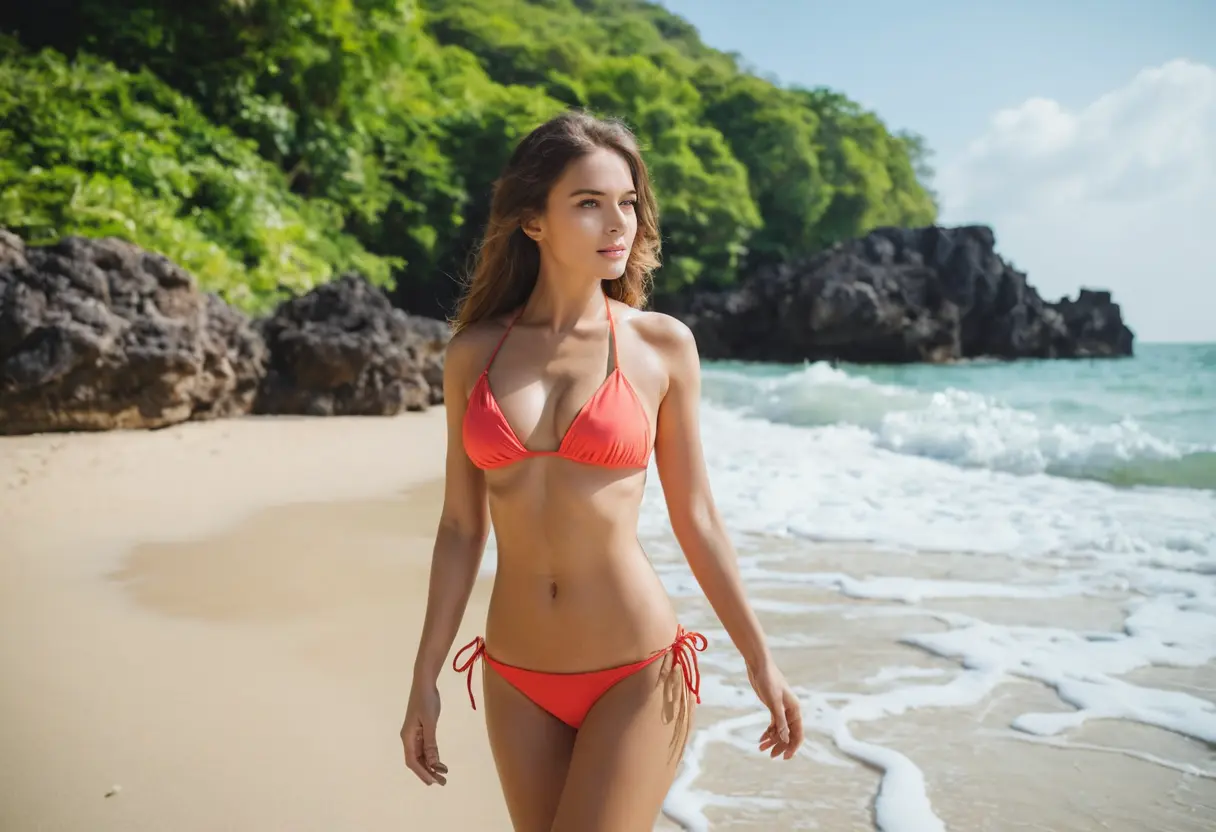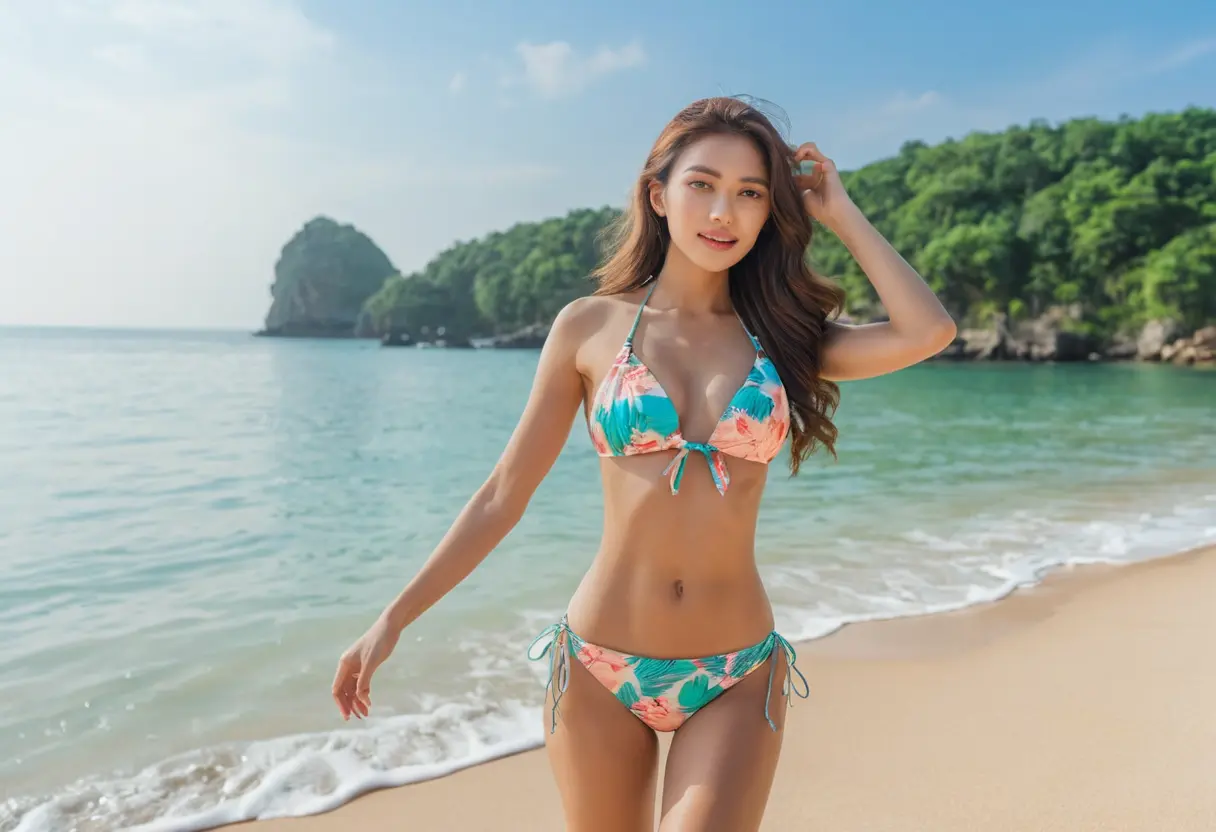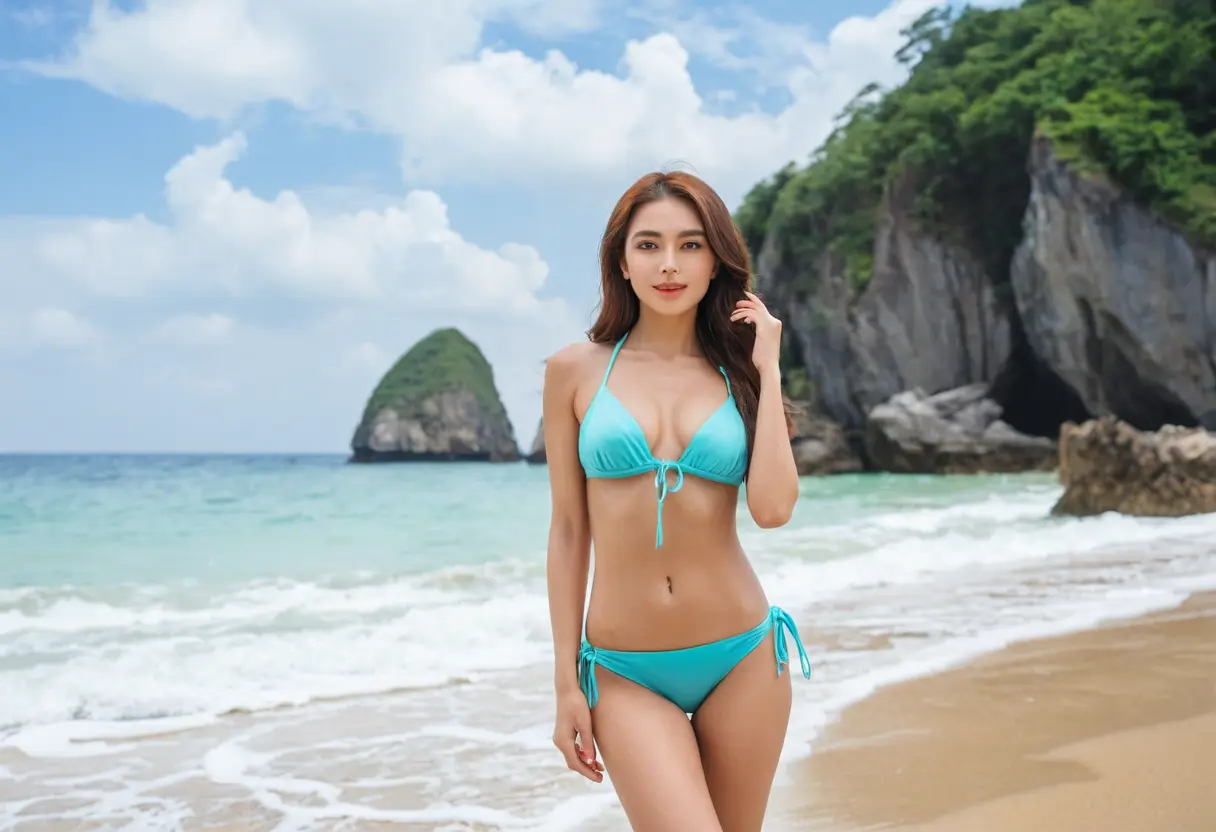
In recent years, artificial intelligence (AI) has significantly influenced many creative industries, from music and literature to visual arts and design. One of the most intriguing and controversial applications of AI is its role in generating realistic undress pictures, particularly for artistic expression. While AI-generated art has opened new frontiers for digital artists, it has also raised important ethical, legal, and social considerations. This article explores the role of AI in producing such images, the techniques involved, its applications in art, and the surrounding debates regarding its impact on society.
AI technology can generate incredibly realistic images, including those that depict undress or nudity, through advanced deep learning models such as Generative Adversarial Networks (GANs). These networks consist of two components: a generator that creates images and a discriminator that evaluates them. By iterating between these two components, GANs can produce images that appear strikingly realistic. AI models can use a dataset of existing images to learn various human body shapes, skin textures, and facial features to generate new, lifelike renderings.

AI-driven software such as deepfake technology, style transfer, and image synthesis tools are increasingly able to manipulate or create entirely new images from scratch. With high-level input, AI models can simulate undress pictures while maintaining the natural proportions and textures associated with human anatomy.

AI-generated undress pictures are sometimes used for artistic purposes, allowing artists to explore concepts of nudity, identity, and beauty. In traditional art, the human form has long been a subject of exploration and representation. By using AI to create digital representations of nudity, artists can push boundaries, experiment with different body types, or explore abstract interpretations of the human form.

Some artists use AI-generated images to question societal norms or comment on the objectification of the human body. For example, AI tools can manipulate images to reflect distorted, exaggerated, or fantastical depictions that challenge the viewer's perception of reality and beauty. These kinds of digital artworks can be displayed in virtual galleries or serve as commentary on digital culture itself.
Beyond the realm of fine art, AI-generated undress images also have applications in the fashion and advertising industries. AI is increasingly used to create hyper-realistic models and promotional materials without the need for traditional photo shoots. For example, virtual models—created entirely by AI—can be depicted in various states of dress or undress to showcase clothing and products.
This technology allows for a more controlled and diverse representation of the human body in marketing materials. Additionally, brands can use AI to produce images of models with different body types, races, and genders, expanding inclusivity within the fashion industry. However, the use of AI to generate undress images can raise concerns regarding the manipulation of body image and the potential for reinforcing unrealistic beauty standards.
The use of AI to create undress pictures, especially those involving real people or resembling real individuals, raises significant ethical and legal issues. One of the primary concerns is consent. While some artists and https://www.undressaitool.com/creators may use AI to generate nude representations of their own likeness, others may face the unauthorized use of their images to create AI-generated nudity, which can result in privacy violations or harm to individuals’ reputations.
Deepfake technology, in particular, has made it easier to create convincing and often harmful fake images and videos of people in compromising situations. This has led to an increase in the creation of non-consensual explicit content, which can cause significant emotional distress to those affected. As a result, there is a growing call for clearer laws and regulations surrounding the use of AI in creating explicit content and protecting individuals from digital exploitation.
As AI technology continues to evolve, so too will its ability to generate increasingly sophisticated and realistic undress images. The potential for AI in the creative industry is vast, but so are the challenges that come with its use. Moving forward, it is essential for artists, technologists, and policymakers to work together to establish ethical guidelines and regulatory frameworks that respect both creative freedom and personal privacy.
At the same time, the responsible use of AI in generating nude or undressed art requires artists and creators to consider the social and psychological impacts of their work. As the digital landscape changes, the balance between innovation, artistic expression, and ethical responsibility will remain a crucial conversation.
AI has undeniably revolutionized the art world, opening up new avenues for creativity, expression, and exploration. The ability to generate realistic undress images for artistic purposes offers both exciting opportunities and significant ethical challenges. While AI can be a powerful tool for creating innovative art, its application in generating nudity or undress images must be handled with care, ensuring that creators consider the implications of their work on both individual privacy and societal norms.
As AI continues to evolve, it is essential for creators, policymakers, and the public to engage in thoughtful discussions about the role of AI in art and its broader implications. By establishing clear ethical guidelines and fostering responsible innovation, the art world can harness the power of AI while protecting the rights and dignity of individuals.